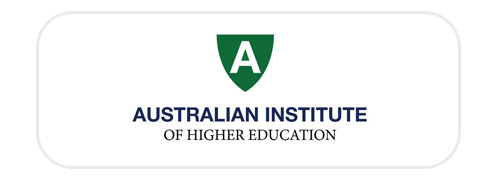Australia: Living Conditions & Cost of Living
Living Conditions in Australia
Australia, the world’s only country to encompass an entire continent, is one of the wealthiest countries in the world. Australian residents have access to high-quality healthcare and above average incomes. The country is also home to unique living environments influenced by coral reefs, large deserts and coastal forests. Here are some facts about living conditions in Australia.
Healthcare – Australia has one of the best healthcare systems in the world, contributing to its high average life expectancy of 83 years. The Australian government administers its universal health care through tax revenues that fund it. Private healthcare options are also available for supplementation. As Australia has a mixed healthcare system made up of both public and private options, 100 percent of its residents have access to healthcare.
Wealth – Australia has the second highest median wealth in the world. The average wealth per adult is approximately $411,060. Reports state that the number of millionaires will increase by 41 percent over the next five years to 1.8 million people. Less than 6 percent of the population has an average net worth below $10,000.
Employment – Employment rates in Australia are comparable to other industrialized countries. Seventy-two percent of people between the ages of 15 and 64 have a paid job, which is higher than the Organization for Economic Co-operation and Development’s (OECD) average employment rate of 67 percent. The unemployment rate is low at five percent, with 66 percent of the total available labor force participating in the job market as of May 2019.
Clean Water – Australia is fortunate to have access to some of the world’s cleanest water. According to the World Bank’s Development Indicators, Australia has 100 percent access to clean water and proper sanitation.

Cost of Living
Students should be aware that the costs of studying in Australia will depend on your education provider, the level of study you choose and your study location in Australia.
Knowing the average living costs in Australia is an important part of your financial preparation. For your reference, here are some of the costs associated with living in Australia (all costs are in Australian dollars).
Accommodation
- Hostels and Guesthouses – $90 to $150 per week
- Shared Rental – $95 to $215 per week
- On campus – $110 to $280 per week
- Homestay – $235 to $325 per week
- Rental – $185 to $440 per week
- Boarding schools – $11,000 to $22,000 a year
Other living expenses
- Groceries and eating out – $140 to $280 per week
- Gas, electricity – $10 to $20 per week
- Phone and Internet – $15 to $30 per week
- Public transport – $30 to $60 per week
- Car (after purchase) – $150 to $260 per week
- Entertainment – $80 to $150 per week
Why Choose Us?
We are a dedicated team, striving to convert our students dream into reality. We always have been taking pride in being original, reliable and trustworthy. KIEC leaves no stone unturned in easing the study abroad process. Choose us and you will save your time and energy. We promise to keep holding your hand till you go beyond the horizon of success.




















